17 Nov 2017
Post-earthquake prototype home named 2017 World Building of the Year
BY Kim Megson
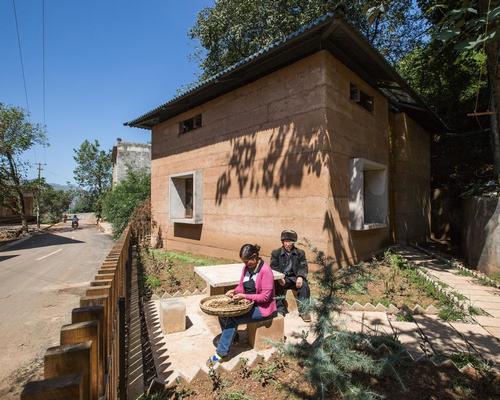
A Post-earthquake reconstruction and demonstration project in the city of Zhaotong, China, has been declared the 2017 World Building of the Year.
Designed by a team of researchers at the Chinese University of Hong Kong, the rammed-earth structure is a prototype home for an elderly couple living in Guangming Village.
A devastating 2014 earthquake destroyed hundreds of houses in the region, and the project was conceived to demonstrate "a safe, economical, comfortable and sustainable reconstruction strategy that the villagers can afford, own and pass on."
The victorious architects were presented with the prestigious Building of the Year prize tonight (17 November) at a gala dinner in Berlin marking the final day of this year’s World Architecture Festival (WAF).
The project – which also won the New and Old Completed Building sub-category on the festival’s opening day – was selected ahead of 17 others, including leisure buildings The Palestinian Museum by Heneghan Peng Architects, the US Bank Stadium by HKS, The Smile by Alison Brooks Architects and Vegetable Trellis by Cong Sinh Architects.
Explaining what makes the project so special, the Super Jury – including architects James Timberlake, Christoph Ingenhoven, Ian Ritchie, Ellen van Loon and Mun Simm Wong – praised the use of both traditional material and construction methods with new technology to create a building "that can be replicated anywhere in the world affected by seismic problems and low levels of wealth."
"It is an extraordinary project in terms of the scope of ambition shown in the addressing of profound problems facing ordinary people," they added. "It shows the translation of 'four walls and a roof' into something which, through architectural commitment, becomes something more profound. It is a demonstration of architectural relevance in the poorest communities as well as the richest."
Meanwhile, the World Landscape of the Year prize was awarded to Chinese architects and landscape designers Turenscape for their transformation of Chengtoushan Archaeological Park in China’s Lixian County.
Located in the floodplain of Dongting Lake, in 1979 the park was accidentally discovered as the site of the earliest city in China and some of the world’s best-reserved rice fields – which date back over 6,500 years.
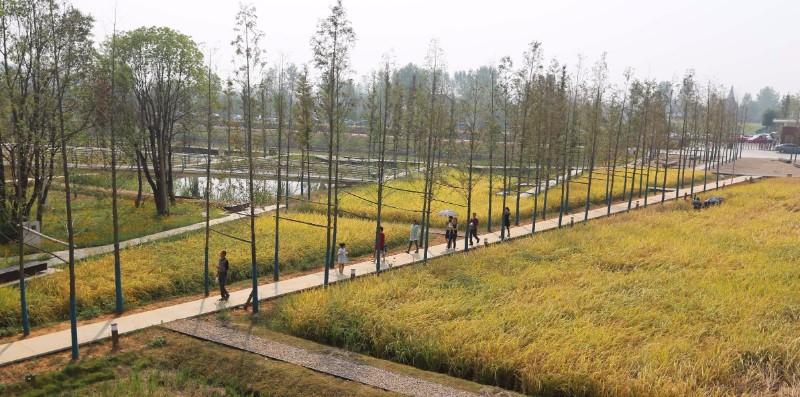
Given the poverty and remoteness of the rural region, local farmers struggled to maintain their livelihoods when the area was designated as protected land. In 2015, Turenscape were commissioned to transform the park into a tourist attraction that could support the local economy.
The site was maintained with minimal changes, except for a circular route designed to enable visitors to interpret the environment and imagine what life may had been like in the ancient city. The main part of the park outside of the protected core was reclaimed into agricultural fields, and turned into an outdoor museum of rice, while diverse wetland plants and native trees were re-introduced into the landscape.
Finally, a glass bridge was designed to lift visitors 4m above the ground so that the archaeological site to the north can be seen and be photographed. The project was completed in just one year.
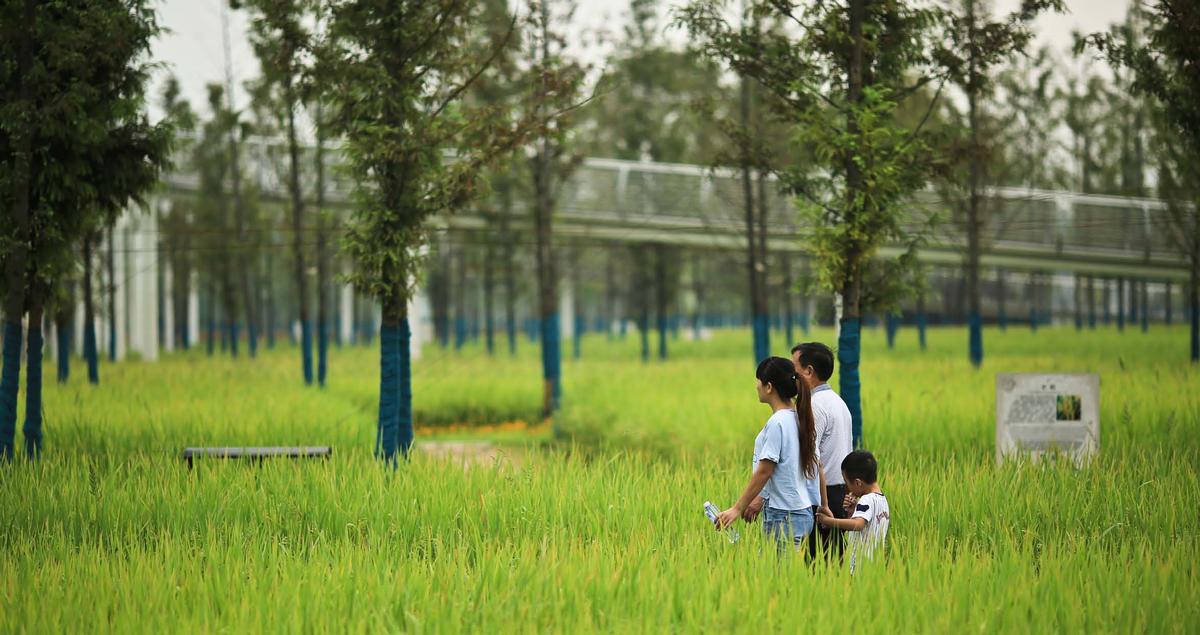
The WAF landscape category jury, which included Gustafson Porter director Mary Bowman and landscape architect Charles Jencks, felt the project “reflects a hopeful and creative mixture of archaeological history, rice production and the role of tourists in local production.”
Other winners at this year’s WAF included:
• Sydney Fish Market by Allen Jack+Cottier and NH Architecture in the Future Project of the Year category.
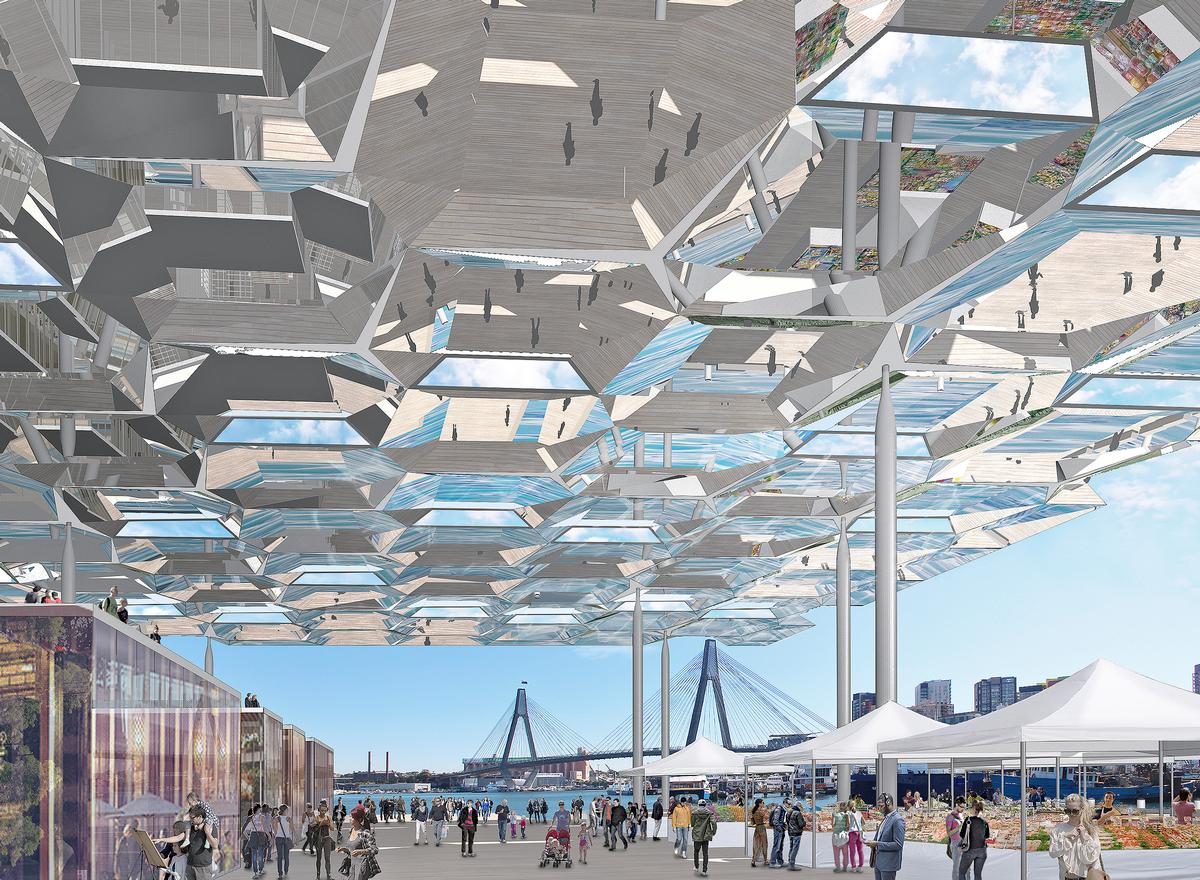
• Fitzroy Crossing Rental Hostel by Iredale Pedersen Hook Architects in the Best Use of Colour category.
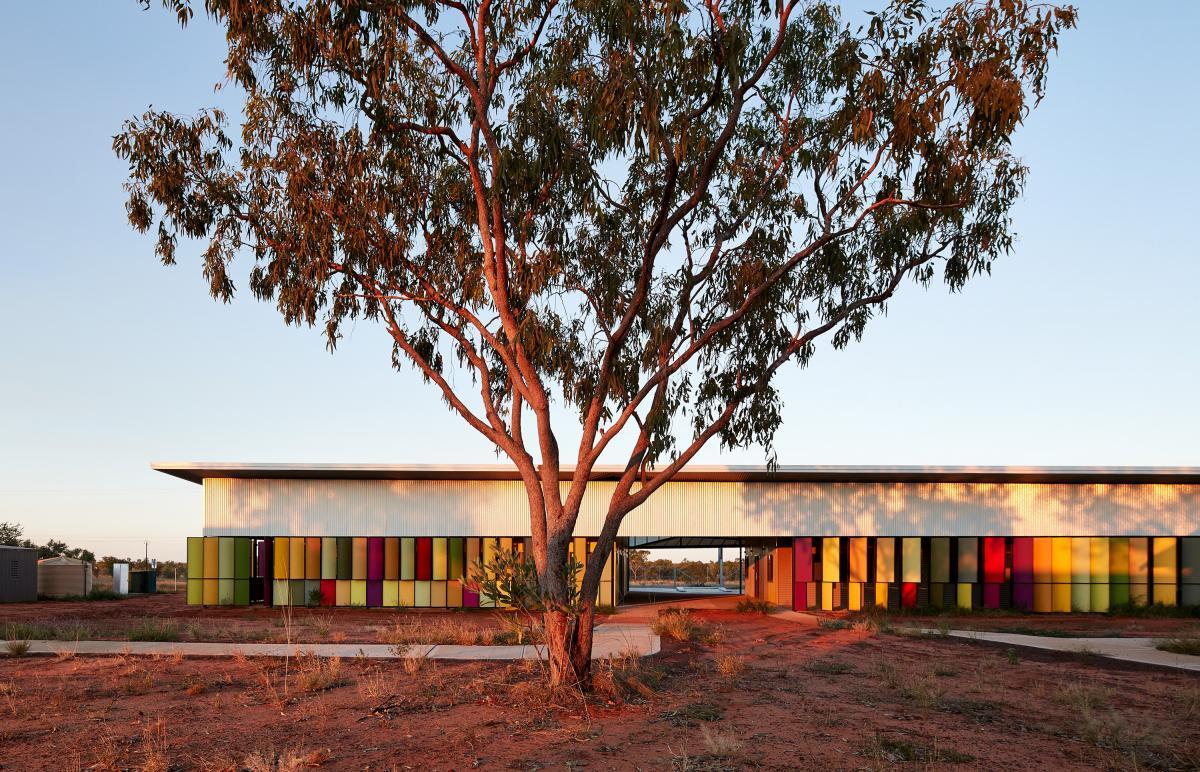
• Fabricwood, by Produce Workshop, a a flagship plywood ‘shop in a shop’ located in Singapore’s Marina Square. It won the INSIDE Interior of the Year Prize.
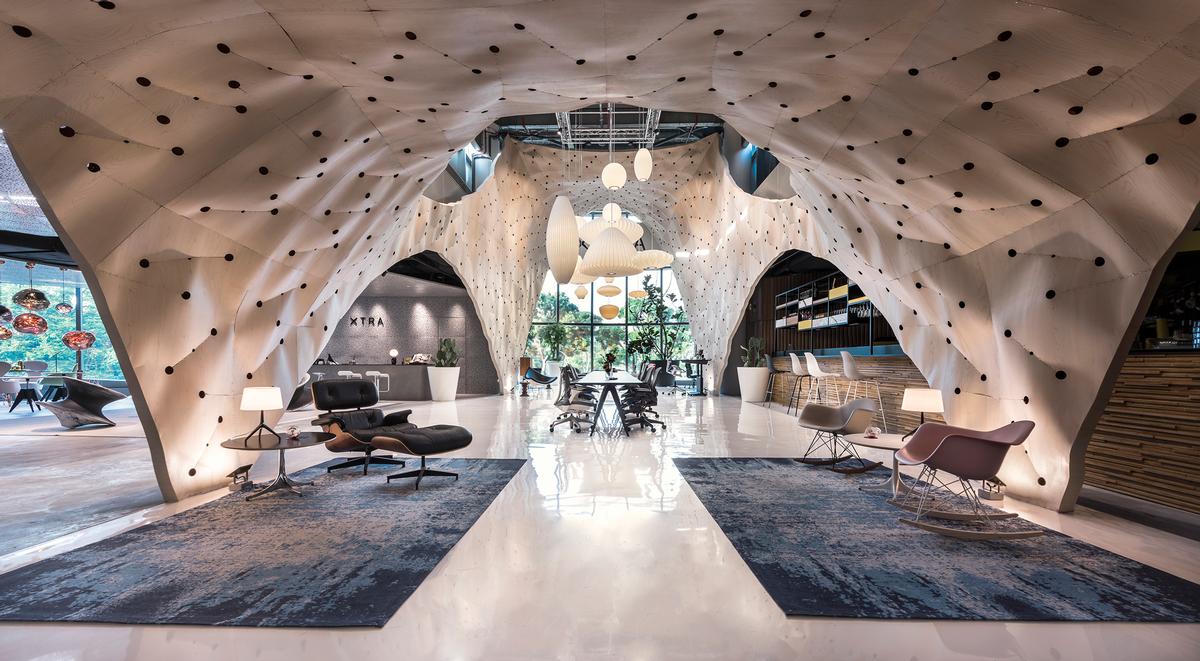
• Finally, architects Eriksson Furunes + Leandro V. Locsin Partners + Jago Boase won the Best Small Projects category for Streetlight, an NGO community building in Tacloban, the Philippines.
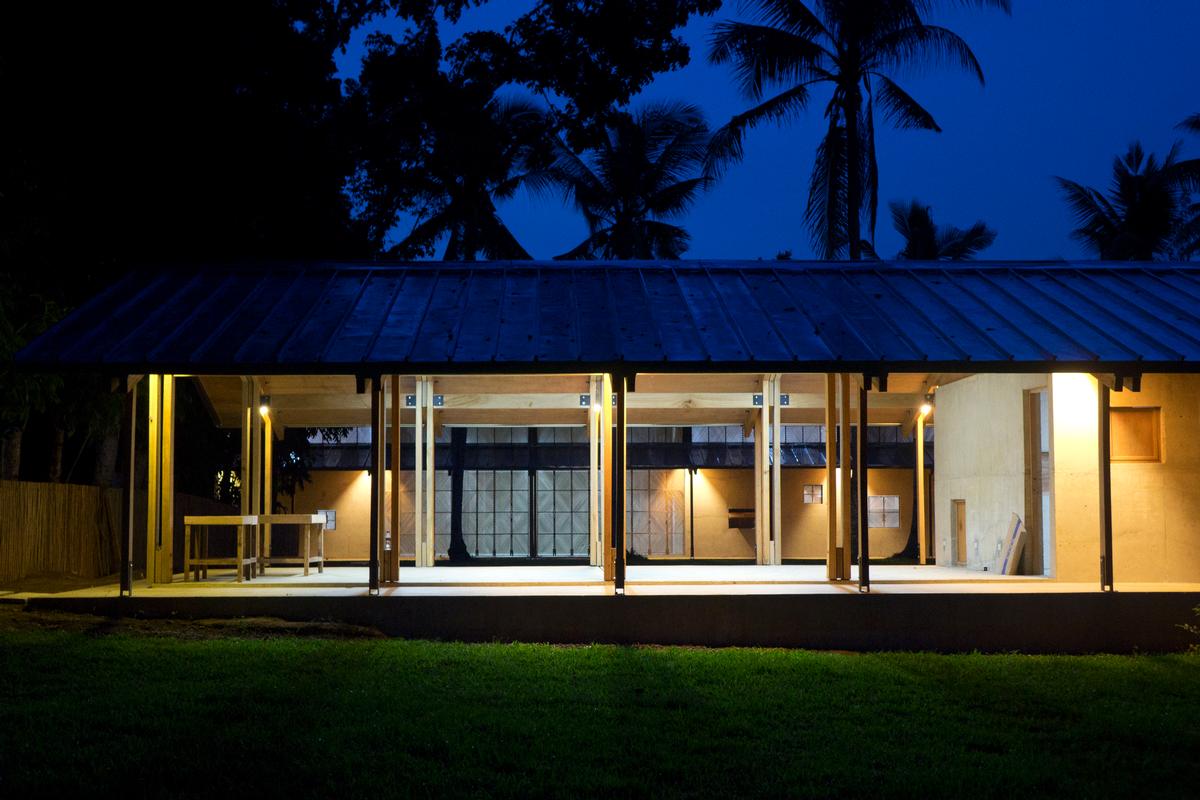
Close Window